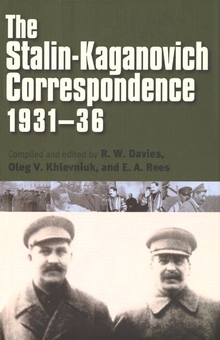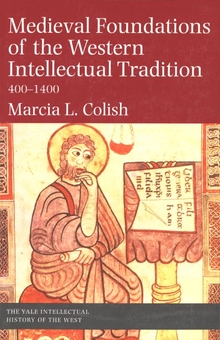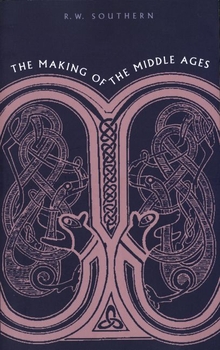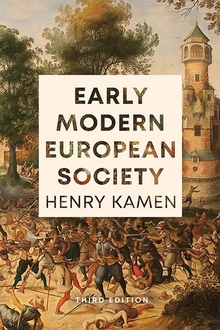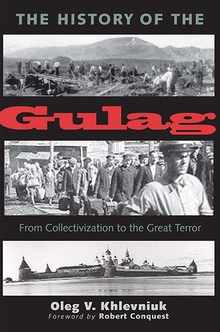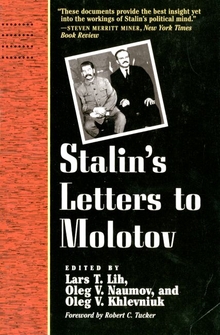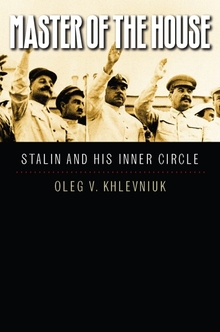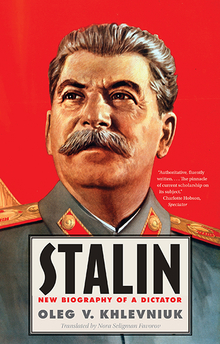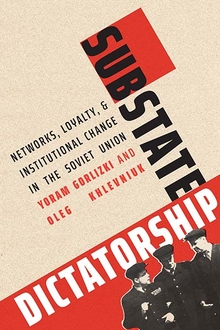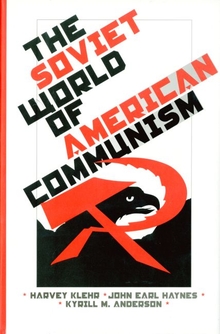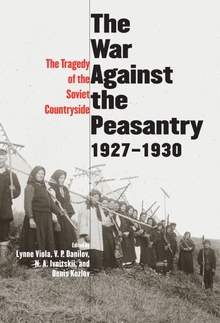The Stalin-Kaganovich Correspondence, 1931–36
WARNING
You are viewing an older version of the Yalebooks website. Please visit out new website with more updated information and a better user experience: https://www.yalebooks.com
Compiled and edited by R. W. Davies, Oleg Khlevniuk, E. A. Rees, Liudmila P. Kosheleva, and Larisa A. Rogovaya; Russian documents translated by Steven Shabad
From 1931 to 1936, Stalin vacationed at his Black Sea residence for two to three months each year. While away from Moscow, he relied on correspondence with his subordinates to receive information, watch over the work of the Politburo and the government, give orders, and express his opinions. This book publishes for the first time translations of 177 handwritten letters and coded telegrams exchanged during this period between Stalin and his most highly trusted deputy, Lazar Kaganovich.
The unique and revealing collection of letters—all previously classified top secret—provides a dramatic account of the mainsprings of Soviet policy while Stalin was consolidating his position as personal dictator. The correspondence records his positions on major internal and foreign affairs decisions and reveals his opinions about fellow members of the Politburo and other senior figures. Written during the years of agricultural collectivization, forced industrialization, famine, repression, and Soviet rearmament in the face of threats from Germany and Japan, these letters constitute an unsurpassed historical resource for all students of the Stalin regime and Soviet history.
The unique and revealing collection of letters—all previously classified top secret—provides a dramatic account of the mainsprings of Soviet policy while Stalin was consolidating his position as personal dictator. The correspondence records his positions on major internal and foreign affairs decisions and reveals his opinions about fellow members of the Politburo and other senior figures. Written during the years of agricultural collectivization, forced industrialization, famine, repression, and Soviet rearmament in the face of threats from Germany and Japan, these letters constitute an unsurpassed historical resource for all students of the Stalin regime and Soviet history.
R. W. Davies is emeritus professor and senior fellow, University of Birmingham, U.K. Oleg V. Khlevnyuk is senior researcher at the State Archive of the Russian Federation, Moscow. E. A. Rees is professor at the European University Institute, Florence. Liudmila P. Kosheleva is senior researcher and Larisa A. Rogovaya is head of section at the Russian State Archive of Social and Political History. Steven Shabad is a former associate editor at Newsweek magazine and a freelance translator and editor.
“These documents offer rare and unique insights into the personalities and policies of Stalin and Lazar Kaganovich, his most important deputy during the 1930s. The collection of letters and telegrams, until recently classified in the Presidential Archive of the Russian Federation, have been superbly selected, annotated and placed in their institutional and political contexts by several of our foremost Russian- and English-language specialists on the Stalinist 1930s.”—Mark L. Von Hagen, Columbia University
“It is the most significant book on the USSR this year by far.”—Simon Sebag Montefiore, Financial Times
“A triumph of scholarship.”—Abraham Brumberg, Times Literary Supplement
“These documents are of singular importance to an understanding of Soviet politics, foreign policy, and economic development of the 1930s. There simply is no more illuminating source on Stalin as politician in the first half of the 1930s than these letters.”—Sheila Fitzpatrick, University of Chicago
ISBN: 9780300093674
Publication Date: June 10, 2003
Publication Date: June 10, 2003
478 pages, 6 1/8 x 9 1/4
20 b/w illus.
20 b/w illus.
Sales Restrictions: World excluding Russia

